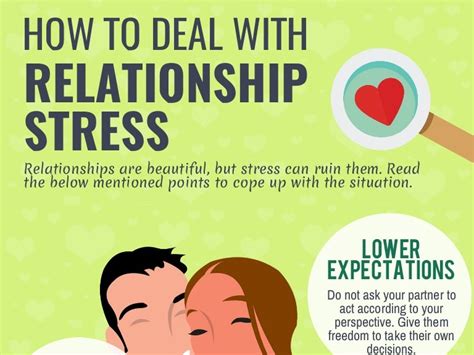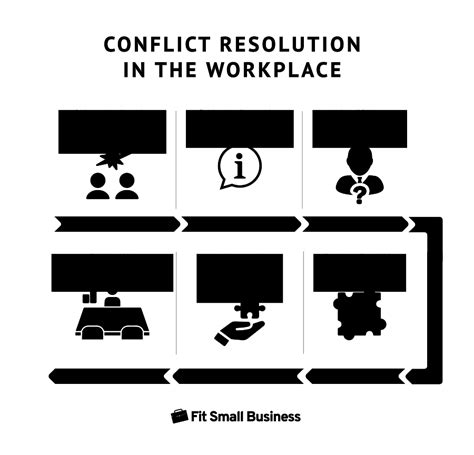The Challenge for Busy Men
In the whirlwind of professional demands, many busy men find that relationship disputes can feel like another item on an already overflowing to-do list. The temptation might be to postpone, avoid, or rush through disagreements, but this often exacerbates the problem, leading to lingering resentment and deeper rifts. For a relationship to thrive amidst a demanding schedule, mastering swift and effective conflict resolution isn’t just beneficial; it’s essential.
This article provides practical strategies designed specifically for men who want to address partner disputes efficiently, respectfully, and with lasting positive outcomes, without sacrificing valuable time or emotional energy.
Why Swift Resolution is Key for Busy Lifestyles
Unresolved conflicts fester. They drain emotional energy, create background stress, and can negatively impact not only your personal life but also your professional performance. For busy individuals, carrying relationship baggage can be particularly detrimental. Quick, effective resolution means less mental clutter, more emotional availability, and a stronger foundation for both your partnership and your overall well-being.

Practical Strategies for Quick & Effective Resolution
1. Prioritize Presence, Not Perfection
When a conflict arises, resist the urge to multi-task or address it on the fly. Allocate a specific, though perhaps brief, period to truly engage. This doesn’t mean hours; even 15-20 minutes of focused attention can be more productive than an hour of distracted discussion. Let your partner know you’re giving them your undivided attention, even if for a short window.
2. Practice Active and Empathetic Listening
Before you speak, listen. Really listen. The goal is to understand your partner’s perspective, feelings, and needs, not to formulate your rebuttal. Use verbal cues (e.g., “I hear you saying…”) and non-verbal cues (eye contact, nodding) to show you’re engaged. Ask clarifying questions like, “Can you tell me more about how that made you feel?”

3. Focus on Feelings, Not Fault
Shift the conversation from who is right or wrong to how each person is feeling. Use “I” statements: “I feel frustrated when [situation occurs] because I need [X],” rather than “You always make me feel frustrated.” This approach diffuses blame and opens the door for collaborative problem-solving.
4. Seek Understanding, Not Victory
A relationship dispute isn’t a debate to be won. It’s an opportunity for mutual understanding and growth. Approach the discussion with the mindset of finding a solution that works for both of you, not just getting your way. Be open to compromise and exploring different perspectives.

5. Timeboxing the Discussion
For busy schedules, setting a time limit for a discussion can be incredibly effective. Agree at the outset: “Let’s talk about this for 20 minutes and see how far we get. If we need more time, we can schedule another specific slot.” This keeps discussions focused and prevents them from spiraling into endless arguments. Make sure to clearly state your commitment to resolving it even if it requires a second session.
6. The “Pause and Plan” Method
Sometimes, immediate resolution isn’t possible or advisable if emotions are too high. In such cases, agree to “pause and plan.” Say, “I want to resolve this, but I’m feeling overwhelmed right now. Can we take a 30-minute break and then revisit it at 7 PM?” This acknowledges the issue, commits to addressing it, and allows both parties to cool down and collect their thoughts.

Common Pitfalls to Avoid
Busy men, in an effort to be “efficient,” sometimes fall into patterns that hinder resolution. Avoid:
- Stonewalling: Withdrawing, shutting down, or refusing to communicate.
- Defensiveness: Refusing to accept any responsibility, making excuses.
- Criticism: Attacking your partner’s character rather than the specific issue.
- Contempt: Expressing disrespect or disdain, often through sarcasm or eye-rolling.
These behaviors are highly damaging and prolong conflict rather than resolving it.
Beyond Resolution: Reconnection
Once a conflict is resolved, make an effort to reconnect. This might be a simple gesture like a hug, an apology, or acknowledging the effort your partner made. Reaffirming your bond is crucial for rebuilding trust and moving forward positively.

Conclusion
For busy men, practical conflict resolution is about intentionality and adopting effective communication techniques. By prioritizing presence, listening empathetically, focusing on feelings, and employing strategic time management, you can transform disputes from draining battles into opportunities for deeper understanding and a stronger partnership. It requires consistent effort, but the peace and harmony it brings to your relationship and your life are well worth the investment.



